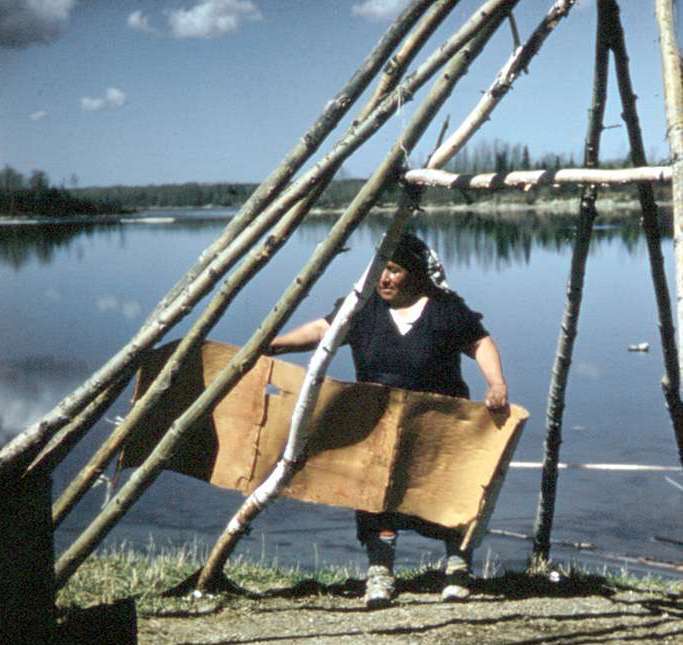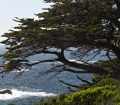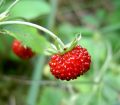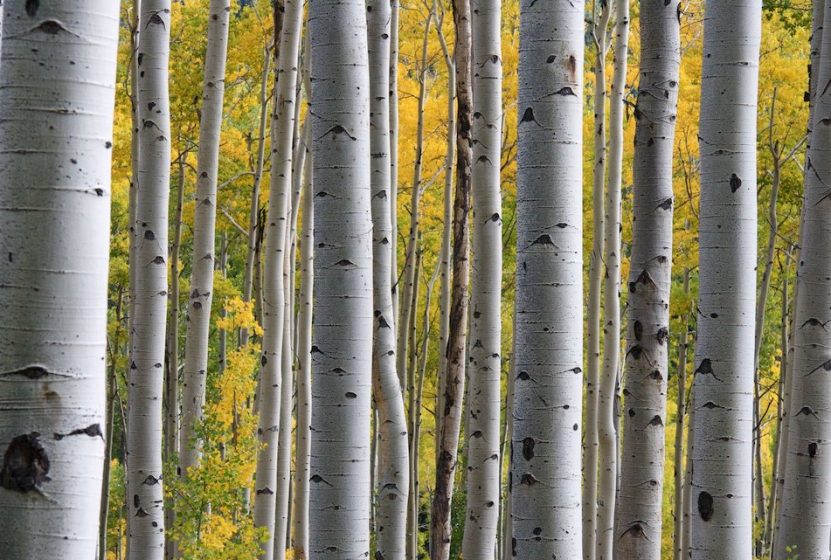The birch (Betulaceae) is a deciduous hardwood tree easily recognized by its distinguished thin bark, which peels away in layers like paper. The bark is usually white but can also be found in colors ranging from purple to salmon.
There are 15 species of birch in the colder regions of the United States, with native birches found in nearly every state.
Most birch will top out between 40 and 60 feet with a 35-wide canopy.
Other than making the birch visually distinctive, the white bark helps protect the tree from devastating winter temperatures. Dark, thicker bark, like that found on the oak and ash, absorbs sunlight and heat. As the temperatures rapidly drop at night, the bark cools. This rapid heating and cooling cycle can kill the cambium, the layer of cells between the bark and wood.
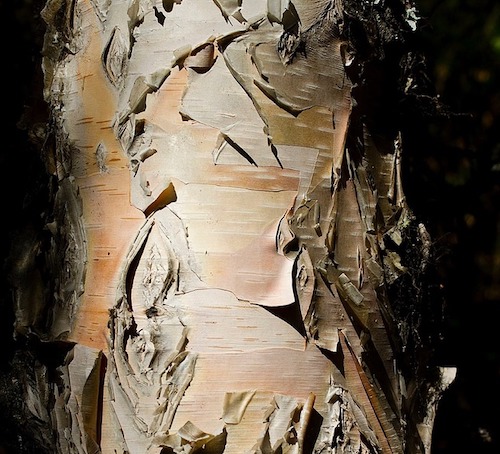
The birch’s light-colored, reflective bark doesn’t absorb as much heat, so it avoids that heating and cooling cycle.
Birch bark is coated with a white powder that contains a large amount of the chemical betulin. Betulin crystals reflect light and appear white to the human eye. Betulin is highly flammable, and water-resistant, which is what makes birch bark a favorite fire starter in wet weather.
If you want to use birch bark to start your fire, make sure you take it only from dead trees, not live ones.
Although some species of birch are similar in appearance to aspen, aspen bark does not peel. Birch also has leaves that are elongated with a slight “V” shape while aspen leaves are flat. Birch leaves are oval in shape and dark green and smooth on the upper surface. Each leaf is two to three inches long and about an inch wide. The leaf’s edges are serrated.
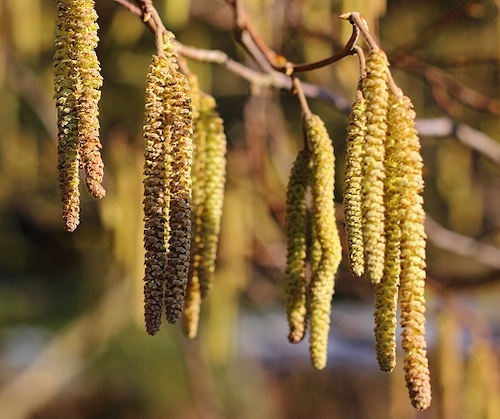
The birch flowers, arranged in long clusters known as catkins, appear from April through June with the fruit maturing in the fall. The fruit is made up of several tiny winged seeds that will drop throughout the fall and winter. Birch trees will start producing seeds at 15 years of age.
Compared to other deciduous trees, birches have a relatively short lifespan of 80 to 140 years.
The two most common species are the river birch and the paper birch.
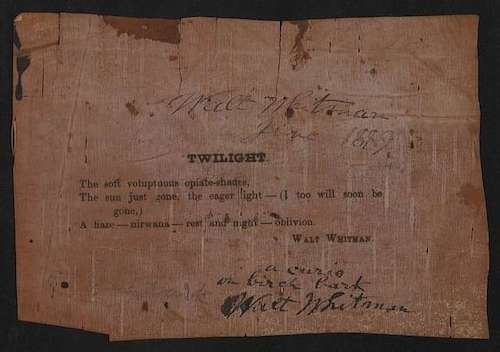
The river birch (Betula nigra) can be found in the floodplains and swampy bottomlands of the eastern U.S. and as far south as Florida and Texas. This birch species have copper-like two-toned bark and gold-colored leaves in the fall.
The paper birch (Betula papyrifera) is often called the canoe or white birch. It can be found throughout Alaska and the northern U.S. from Washington to Maine. This birch has a strikingly white bark that is commonly associated with birch trees in America’s north woods. In the fall, its leaves change from green to a vibrant yellow.
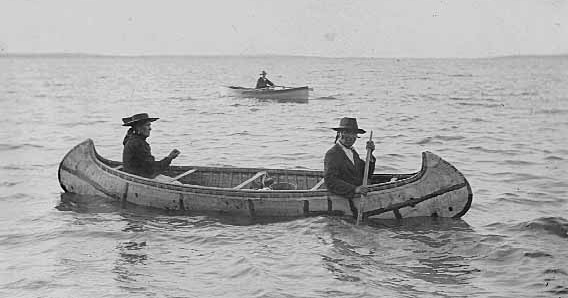
Native Americans used the paper birch wood for eating utensils and the bark for canoe skins. Today, the wood is used for commercial lumber, veneer, pulp, and fiberboard products.
In addition to covering canoes, the birch bark’s waterproof features were also prized for making baskets, clothing, shelters and maps.
The paper birch’s bark is a favorite winter food source for moose. Although the bark’s nutritional quality is low, the availability is high. White-tailed deer will eat the leaves in the fall, and snowshoe hares dine on the seedlings. Birch seeds are also parts of the diets of many birds and small mammals. The birch is a favorite for the yellow-bellied sapsucker that drills holes in the tree’s bark to access the sap.
Another ingenious use of the Birch Tree is using the sap for the production of wine and beer in northern Europe. The sap is also often made into a syrup and used like maple syrup as a sweetener.
